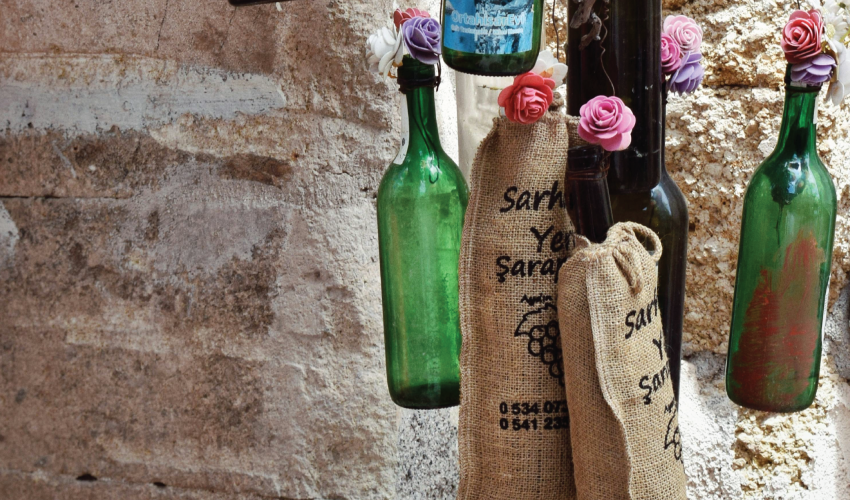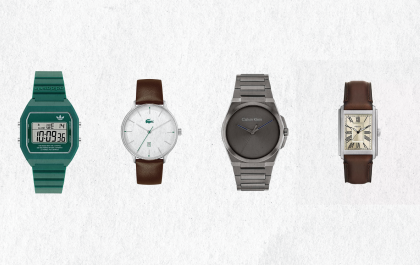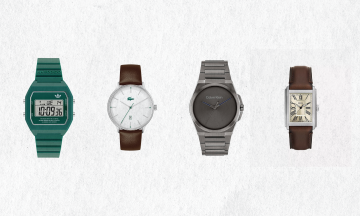Beautiful décor from throwaway things
Ayman Anika
There’s something quietly radical about giving waste a second life. In a world that equates beauty with newness and value with price tags, the act of upcycling—turning discarded items into décor—isn’t just sustainable. It’s a creative rebellion.
Old jam jars become lanterns. Rusty baking trays transform into boho wall art. The broken chair leg you almost threw out? It might be the base of your next coat hanger. Welcome to the upcycle movement—where beauty isn’t bought; it’s imagined.
Rethinking “waste” in a fast world
We’re surrounded by excess. From packaging to furniture, from glass bottles to torn sarees—we discard not because things are broken, but because we’re bored. The trend cycle is shorter than ever, with “aesthetic” now an algorithmic category rather than a personal instinct.
But what if we slowed down? What if, instead of upgrading, we upcycled?
Unlike recycling—which often involves breaking down materials to raw components—upcycling adds value without deconstruction. It’s transformation through creativity, not machinery. And in the context of home décor, it opens a portal between function and imagination.

The charm of imperfection
Upcycled décor rarely looks polished—and that’s the point. There’s an honest roughness to it, a tactile memory of what the object once was. A ladder turned bookshelf still carries the history of climbing. A sari patchwork cushion remembers a wedding, a monsoon, a festival.
Interior designer and DIY upcycling advocate Tanzur from Dhaka says, “Our homes don’t need to be showroom-perfect. They need to hold stories. And often, the things we discard carry the richest ones.” Her home studio, filled with items made from scrap wood, cracked ceramics, and thrifted metal, has become a visual journal of her creative instincts and ethical choices.
Five beautiful upcycles to try at home
Glass Bottles into Vases & Pendant Lights
Wine bottles, syrup jars, even old perfume flacons—once cleaned and tinted with acrylic or jute wrapping, they become instant centrepieces. With a small drill hole, you can run a light through them and create statement pendant lights that glow with character.
Broken Teacups as Planters

A chipped teacup might be unusable for tea, but it makes the perfect succulent planter. Group them on a tray and suddenly, your windowsill becomes a charming indoor garden.
Fabric Scraps into Wall Hangings
Old sarees, bedsheets, and worn-out T-shirts can be cut into strips and woven, stitched, or knotted into stunning wall décor. Each fabric tells a different part of the story—together, they become a textured tapestry of memory.
Tin Cans into Organisers
Painted, stacked, or wrapped in twine—tin cans can be repurposed into kitchen utensil holders, pen stands, or even mini herb gardens. With a bit of creativity, they can go from roadside waste to rustic-industrial chic.
Window Grills as Jewellery Hangers
That rusted iron grill lying in your backyard? Spray paint it, mount it on a wall, and you’ve got yourself a vintage-chic jewellery hanger. The slots and bars are perfect for necklaces, hoops, and bangles.
Craft as commentary
In Bangladesh, where landfills are growing and plastic clogs both rivers and rooftops, upcycling is not just about style—it’s survival with elegance. It’s also a form of silent protest against the culture of disposability.
Artists and creators across the country are embracing this. The movement isn’t limited to home décor—it’s spilling into fashion, furniture, and even architecture. NGOs are training communities to upcycle waste into marketable items. Social media creators are posting step-by-step tutorials on how to turn plastic wrappers into lamp shades or denim scraps into rugs. A generation raised on DIY and thrift is discovering that creativity doesn’t require resources—only perspective.
The emotional economics of upcycling
There’s something deeply personal about making something with your hands. Especially when the material once had a life of its own. An old wooden drawer turned into a wall-mounted shelf isn’t just functional. It carries the memory of what it was, layered with the intention of what you made it into.
Upcycling also rewires our relationship with time. It’s slow. It’s intentional. It forces us to look, touch, reimagine—and in doing so, become more mindful of what we consume and why. In a world that tells us to buy our way into beauty, upcycling reminds us that beauty can begin in a dustbin.
Upcycle is not a compromise
Let’s be clear: upcycling isn’t about settling. It’s not the poor man’s Pinterest. It’s about choosing to assign new meaning to objects—rescuing them from invisibility. When you hang a driftwood shelf or place a cushion stitched from four generations of fabric, you’re making a statement: that value isn’t always visible at first glance. That beauty can be built, not bought.
So, the next time you think of “upgrading” your home, ask yourself: What can I re-see instead of replace?
Because sometimes, the most beautiful thing you’ll ever own is already in your trash. It’s just waiting for you to see it differently.
- mahjabin rahmanhttps://mansworldbangladesh.com/author/mahjabin/
- mahjabin rahmanhttps://mansworldbangladesh.com/author/mahjabin/
- mahjabin rahmanhttps://mansworldbangladesh.com/author/mahjabin/
- mahjabin rahmanhttps://mansworldbangladesh.com/author/mahjabin/













